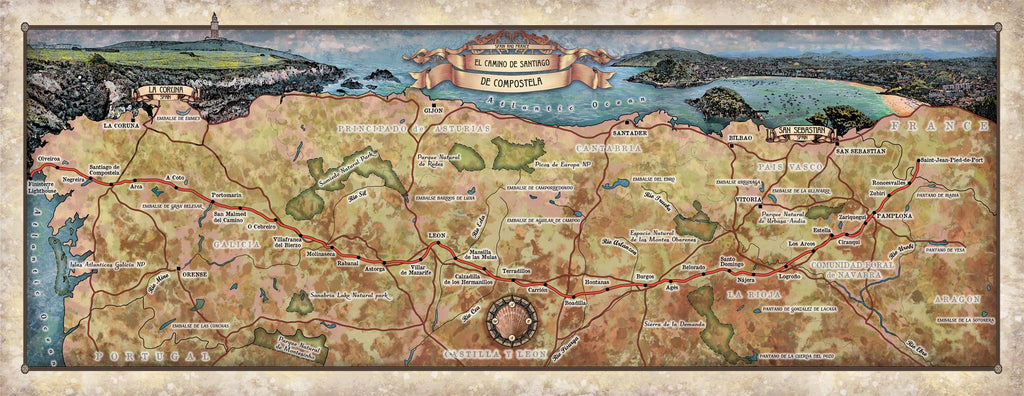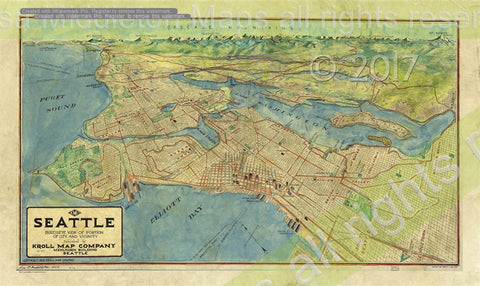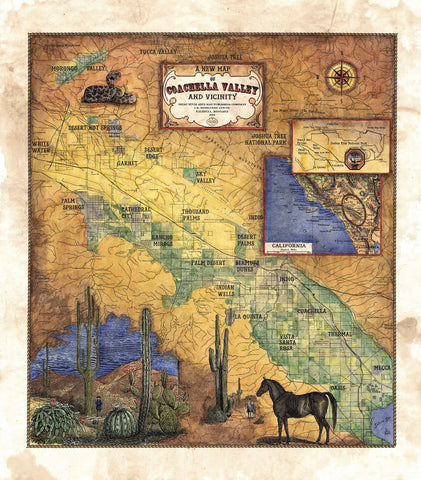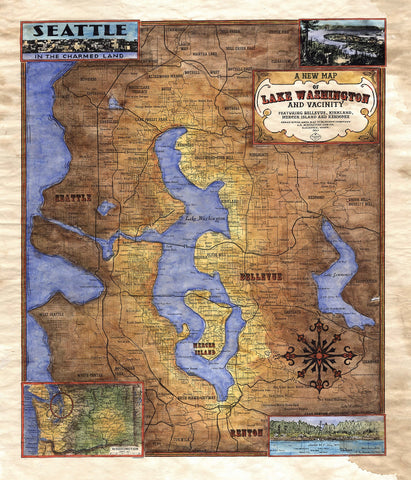El Camino De Santiago De Compostela Vintage Map Art Poster Print Vintage Style Inspirational Wall Art Poster For Home Decor Office Bedroom Canvas Classroom Decor & Great Gift
The Camino de Santiago de Compostela is an extensive network of ancient pilgrim routes that span across Europe, with common starting points in St Jean Pied de Port, France and Roncesvalles, Spain. The routes end at the pilgrimage site of the tomb of the apostle Saint James the Great in Galicia, Spain. The English translation of the "Camino de Santiago de Compostela” is the “Way of St James of Compostela.” Between the 10th and the 12th centuries, the pilgrimage was popular, but gradually declined because of wars, epidemics and natural catastrophes, and by the 20th century, the routes were no longer traveled. Fast forward to the late 1970s and early 1980s, the routes once again sparked the interest of some, which led to their recovery and resurgence.
While the routes have great spiritual value, in contemporary times, it has gained important social, tourist and cultural significance. The Camino Francés and routes of Northern Spain are the two most popular of the four main routes, the other two being the Camino Portuguese and the Via de la Plata.
The Camino Francés (The French Way), one of the oldest and most popular routes, stretches for nearly 500 miles from St. Jean-Pied-du-Port near Biarritz, France to Santiago. It has three major routes: the Voie de Tours, the Voie de Vezelay, and the Voie du Puy. The terrain features woodland paths, small rural roads and lanes that goes through pastures and villages, and sandy footpaths alongside roads.
The Camino Portuguese (The Portuguese Way) is another popular route on the Iberian Peninsula, that extends for 140 miles. The trail starts in Lisbon, but Porto appears to be the preferred starting point. This route has windy roads up and down hilly, rural areas, featuring delightful sceneries, and forests scattered with pine and eucalyptus trees.
Stretching for roughly 512 miles, El Camino del Norte (The Northern Way), begins on the French border in Irun, along the Basque Country, Cantabria and Asturias. The terrain is a mix of rugged yet blissful coastline, rivers entering the sea, majestic mountains, humid valleys, along with thick forests, asphalt roads and green hills and pastures.
The Via de la Plata (The Silver Way) is the longest of the routes, and starts from Seville in Andalucia, and runs northwards to Salamanca and Zamora, while the shortest of all the routes is the El Camino Inglés (The English Way), with a starting point on the north coast at Ferrol or A Coruña.
The Camino de Santiago De Compostela might be ancient in origin, but it still offers great opportunities to enjoy spiritual, cultural and nature-filled experiences.
We Also Recommend












